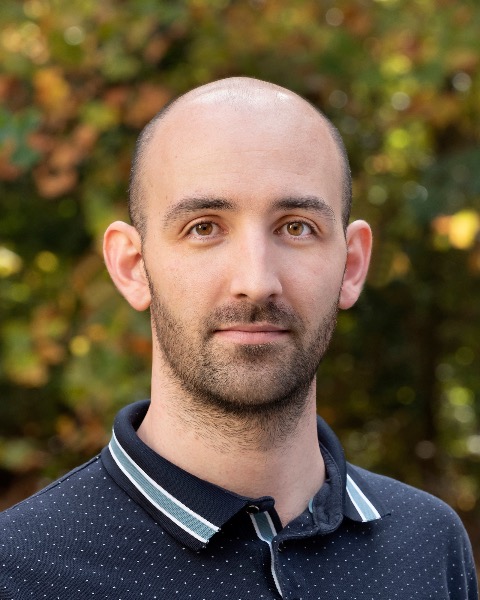Section Symposium
Physiology, Biochemistry, and Toxicology
The role of the DSC1 cation channel in mosquito repellency

Wilson Valbon (he/him/his)
Postdoctoral Associate
Duke University
Durham, North Carolina
Felipe Andreazza (he/him/his)
Postdoctoral Associate
Duke University
Durham, North Carolina- YN
Yoshiko Nomura
Michigan State University
East Lansing, Michigan - AT
Amanda Tuler
Duke University
Durham, North Carolina - LJ
Laura Jameson
Duke University
Durham, North Carolina - KD
Ke Dong
Michigan State University
Durham, North Carolina
Presenting Author(s)
Co-author(s)
Recent studies show that activation of voltage-gated sodium channels alone by a volatile pyrethroid insecticide, transfluthrin, is sufficient to elicit spatial repellency and enhances odorant receptor-mediated repellency in Aedes aegypti. The Drosophila Sodium Channel 1 (DSC1) in Drosophila melanogaster, a member of voltage-gated Ca2+-selective cation channel family unique to invertebrates, has been shown to play a unique role in maintaining the stability of neuronal excitability and modulating the susceptibility to pyrethroid insecticides. In this study, we knocked out the DSC1 ortholog (AaDSC1) gene in Ae. aegypti mosquitoes, a major human disease vector, to evaluate its role in mosquito behavior. Like DSC1-/-, AaDSC1-/- mosquitoes do not show any detectable change in flight/locomotion behavior compared with wild-type mosquitoes. Unlike DSC1-/-, the susceptibility of AaDSC1-/- mosquitoes to pyrethroids including transfluthrin was not altered compared to wild type mosquitoes. However, when exposed to transfluthrin and several plant-derived repellents in a hand-in-cage assay, AaDSC1-/- mosquitoes exhibited greater avoidance behavior compared to wild-type mosquitoes. These results indicate that the DSC1 channel modulates the activities of repellent circuits evoked by transfluthrin and other mosquito repellents. Findings from this study began to provide insight into the role of DSC1 in mosquito neurophysiology and behavior and set a foundation for exploring DSC1 channel as a new target for more potent and selective repellents in mosquito management.

.png)
